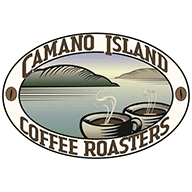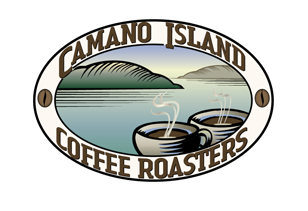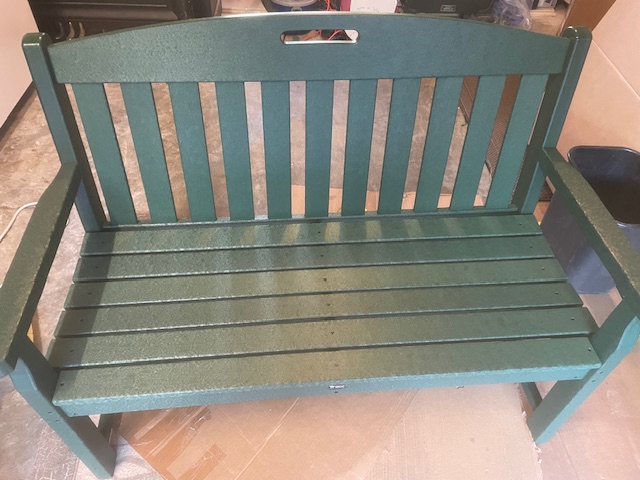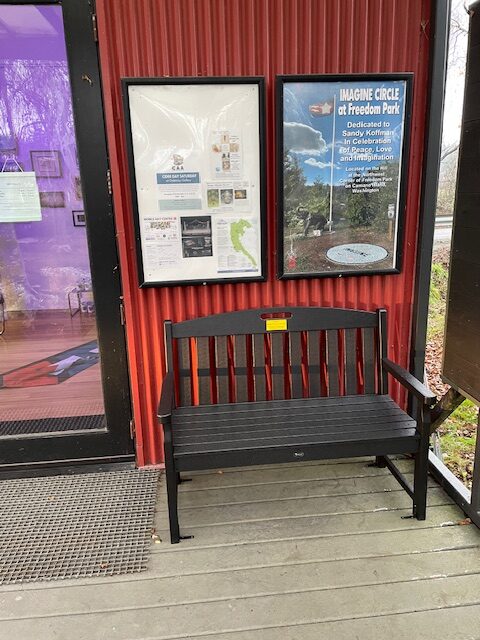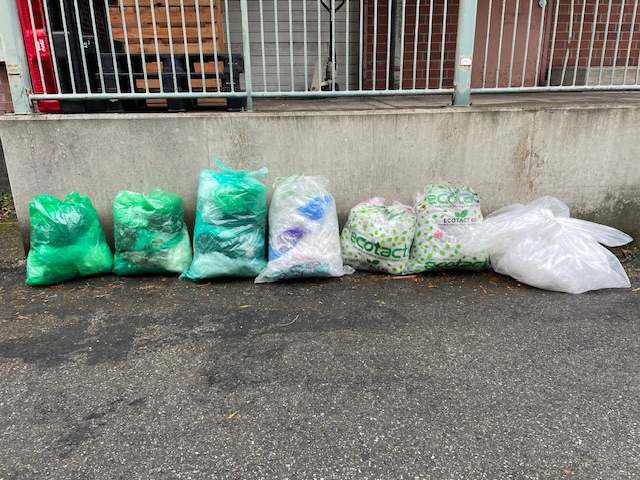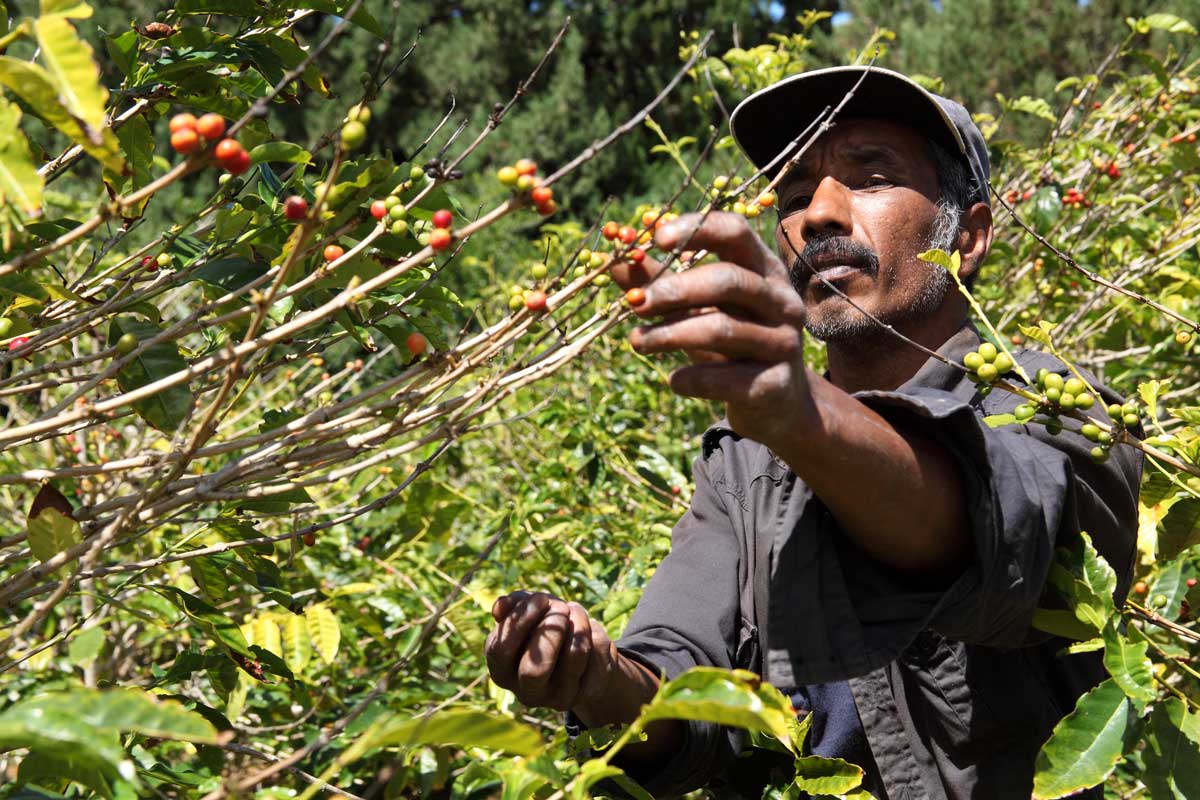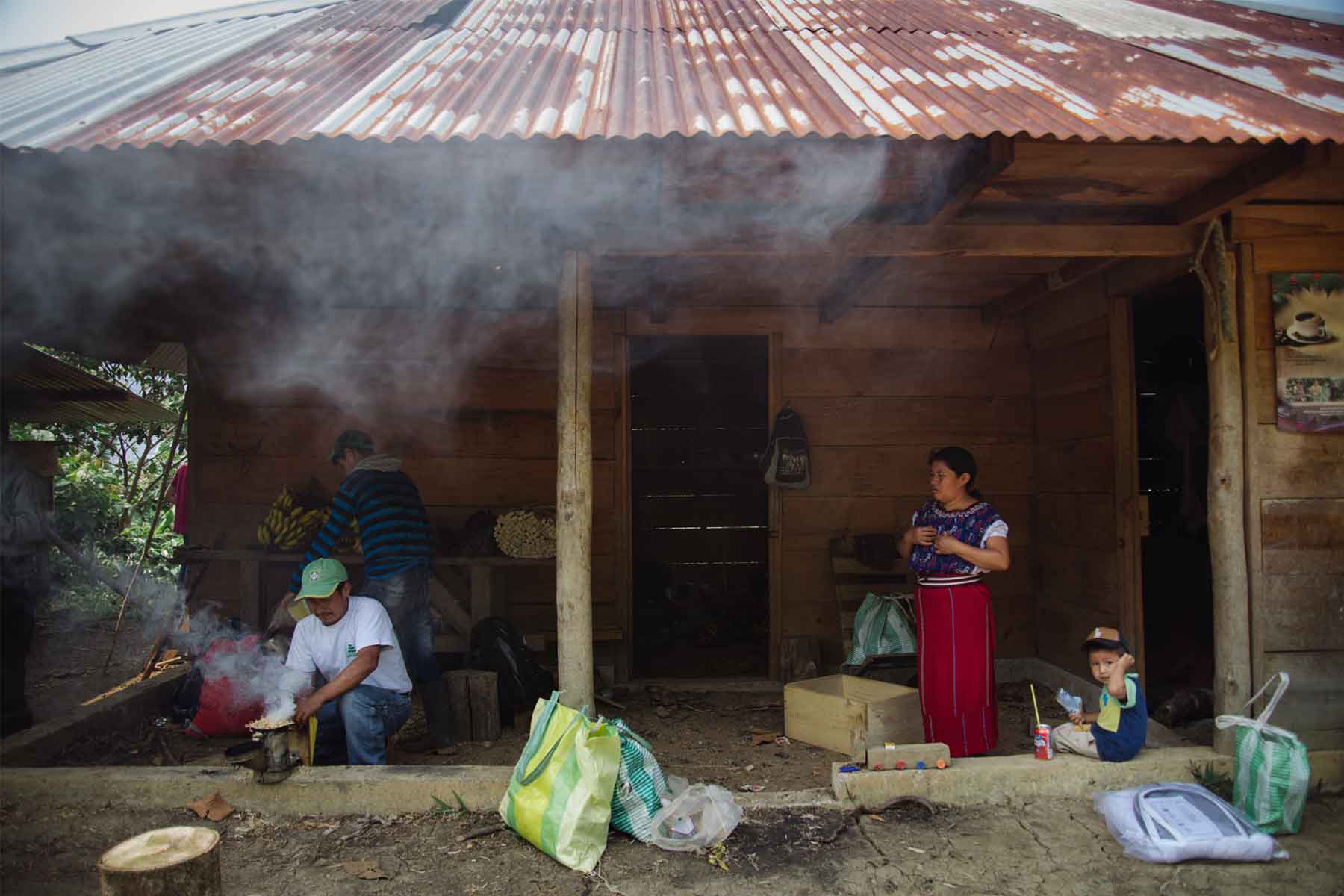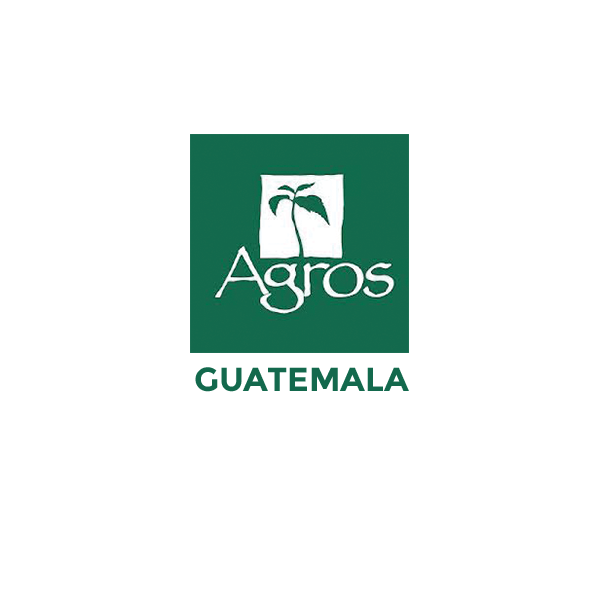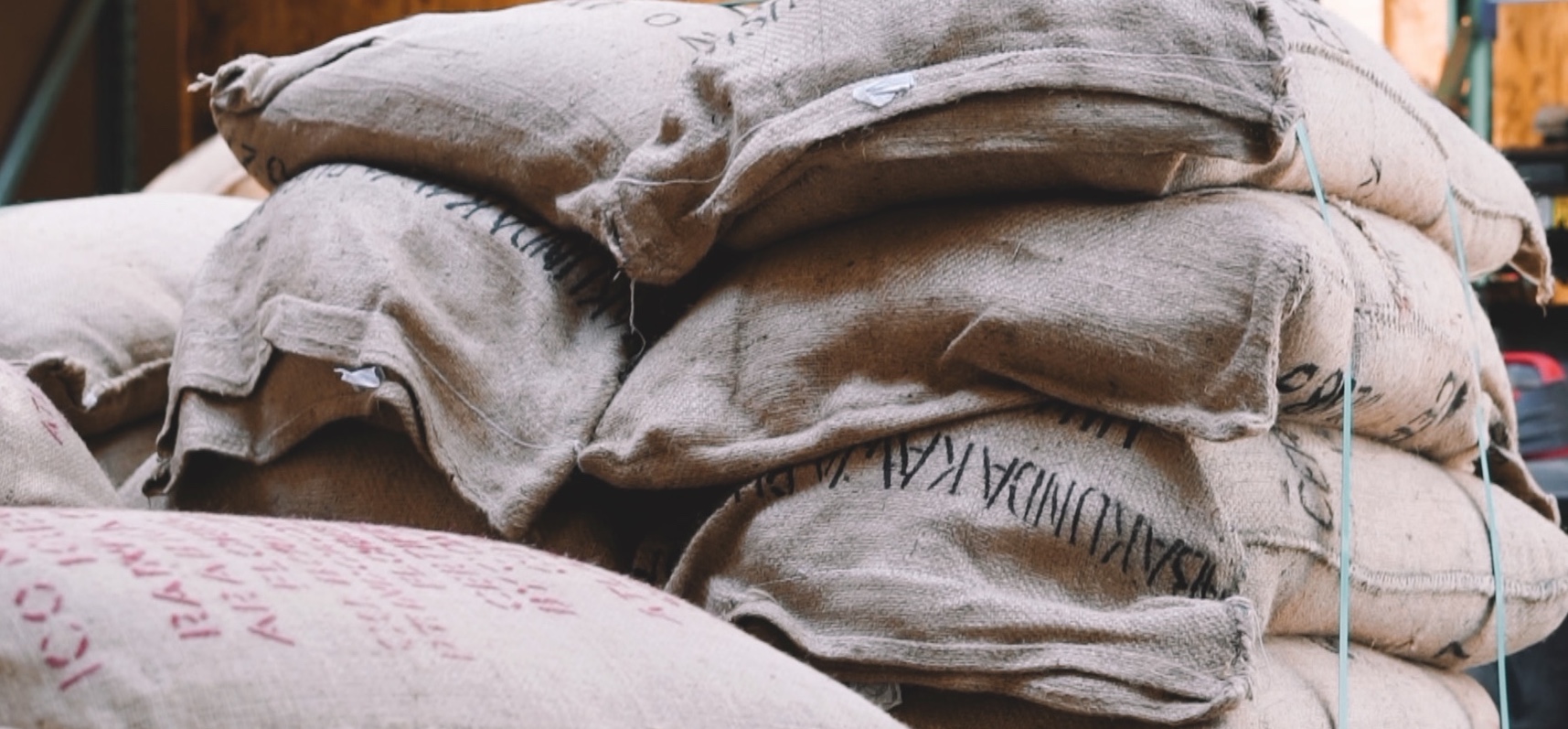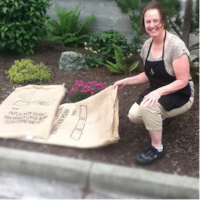
Why Fair Trade and Organic Coffee Matter to Us
At Camano Island Coffee Roasters, we believe coffee should do more than just taste good—it should do good. That’s why all of our coffee is 100% organic and fairly traded. These aren’t just labels to us—they reflect our long-standing commitment to ethical sourcing, environmental responsibility, and long-term relationships with farmers.
When it comes to helping coffee farmers, there are no quick fixes or one-size-fits-all solutions. The reality is far more complex than simply “buying fair trade.”
At Camano Island Coffee Roasters, we believe in taking a more hands-on, thoughtful approach to supporting farmers and their communities—one that goes beyond certifications and price tags to build long-term, sustainable change.
All of our coffee is 100% organic and comes from the top 1% grade Arabica beans. These beans are not only better in flavor and quality—they’re also more scarce, which naturally commands a higher price.
We pay above the fair trade rate for our beans. But that’s not just about price—it’s about value. By sourcing only the highest quality coffee, we help incentivize farmers to focus on producing the best tasting coffee possible. And because we work directly with farmers, we’re able to provide feedback and build relationships that support continuous improvement in both quality and sustainability.
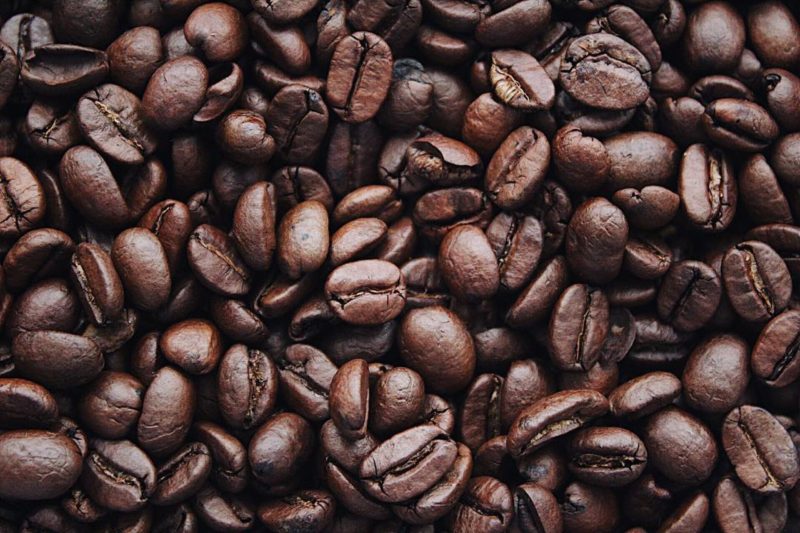
Why Organic Matters
Our commitment to organic coffee isn’t just about taste—it’s about responsibility.
Organic coffee is grown without the use of synthetic pesticides, herbicides, or fertilizers. This benefits both people and the planet:
- Healthier for farmers – Reduces exposure to harmful chemicals
- Healthier for the environment – Protects soil, water, and local ecosystems
- Healthier for you – No chemical residues in your morning cup
By choosing organic, we support farming methods that work in harmony with nature—and that help preserve farmland for future generations.

Partnering with Nonprofit Organizations
In addition to paying premium prices, we support nonprofits that are doing the difficult, transformative work of helping farmers achieve long-term independence and security.
We currently partner with two outstanding organizations:
🌿 Agros International – Agros helps coffee farmers build profitable, sustainable businesses by providing shared processing facilities, training in eco-friendly farming, and support for certifications like Rainforest Alliance. Their land-ownership model enables families to own their farms and increase long-term wealth. Agros also connects farmers to ethical buyers and premium markets, turning subsistence farming into thriving, climate-resilient enterprises.
🌱 Food 4 Farmers – Food 4 Farmers partners with coffee-farming families and co-ops across Latin America to build local food hubs, diversify incomes through home gardens, beekeeping, agroforestry and farmers’ markets, and teach sustainable farming and climate-smart practices—helping families feed themselves year‑round
To support this work, we commit 2% of all Coffee Lovers Club sales directly to these nonprofit partners.

No Easy Answers—Just Honest Effort
We know that helping farmers in the developing world is a complex, ongoing challenge. But we believe that intentional sourcing, direct relationships, and thoughtful partnerships are meaningful steps in the right direction.
We’re proud of the impact we’ve been able to make and we’re committed to continuing the hard work of learning, improving, and growing alongside the farmers who make our coffee possible.
And for us, it all starts with asking the right questions—just like the one that brought you here.
